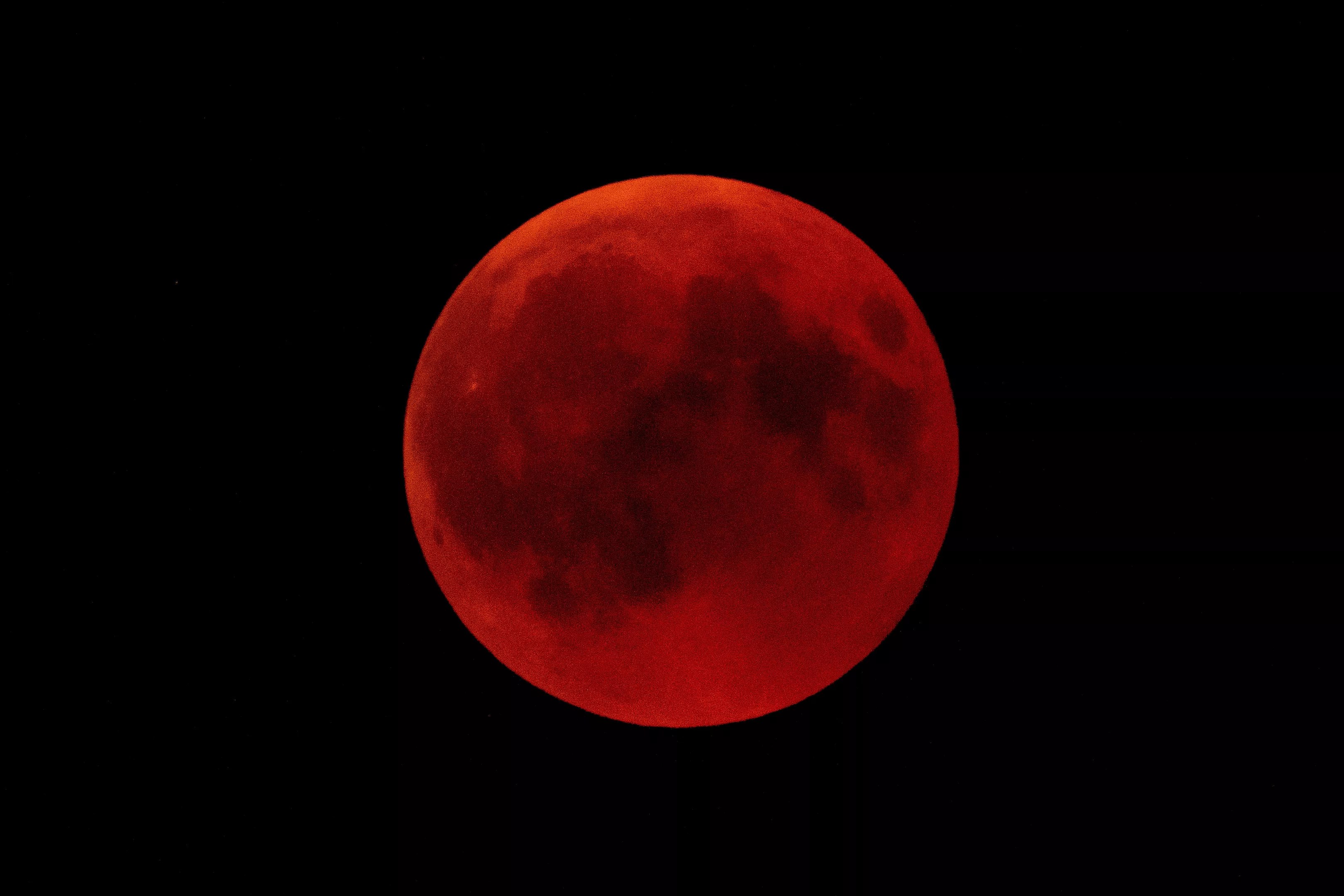
Matthias Hangst/Getty Images

Audio By Carbonatix
Keep your eyes on the sky Thursday night to witness a remarkable astronomical spectacle. A blood moon total lunar eclipse will occur over North America for the first time since 2022, causing the moon’s surface to glow with crimson light.
It’s a rare celestial event that occurs every few years – in case you were wondering – and gets its “blood” moniker because the moon turns a deep reddish hue. Such will be the case when March’s full moon on Thursday.
Will the total eclipse be visible in Arizona? That depends on the weather.
Arizona is in the path of totality for the lunar eclipse on Thursday, March 13, which starts just before 9 p.m. and will last until 3 a.m. on the morning of Friday, March 14. Cloudy skies from the recent influx of storms may obscure views of the stunning phenomenon. Here’s when to see the total eclipse in Arizona.
This year, make your gift count –
Invest in local news that matters.
Our work is funded by readers like you who make voluntary gifts because they value our work and want to see it continue. Make a contribution today to help us reach our $30,000 goal!
What causes a total lunar eclipse?
A total lunar eclipse is caused by the Earth moving directly between the sun and the full moon and casting its shadow across the lunar surface. The astronomical phenomenon only occurs when all three are aligned perfectly, resulting in the moon passing through Earth’s umbra – or the darkest part of its shadow.
How often do total lunar eclipses occur?
Total lunar eclipses happen roughly every one-and-a-half years. It varies due to the moon’s orbital cycle, though.
Why is the moon red tonight?
The total lunar eclipse on Thursday will cause the crimson-colored moon because of how the Earth’s atmosphere scatters sunlight and only allows red and orange hues to reach the lunar surface. The effect only occurs during a total lunar eclipse.
Why is it known as a blood moon?
Because of the moon’s reddish coloring during a total lunar eclipse.
Will the total lunar eclipse be visible in Arizona?
The lunar eclipse’s path of totality will cross Arizona, so it technically should be visible. The weather forecast for Thursday night in Arizona calls for partly cloudy skies, though, so your view of the total lunar eclipse might be obscured.
What time is the lunar eclipse?
The lunar eclipse will start at 8:57 p.m. Arizona time, according to the Time and Date website. The total lunar eclipse begins at 11:26 p.m. It will reach totality at 11:58 p.m. The eclipse will end at 3 a.m. on early Friday morning.
Where to look for the lunar eclipse
The moon will be located in the eastern/southeastern skies when the eclipse begins and will be in the south/southeast skies when it hits totality just before midnight.